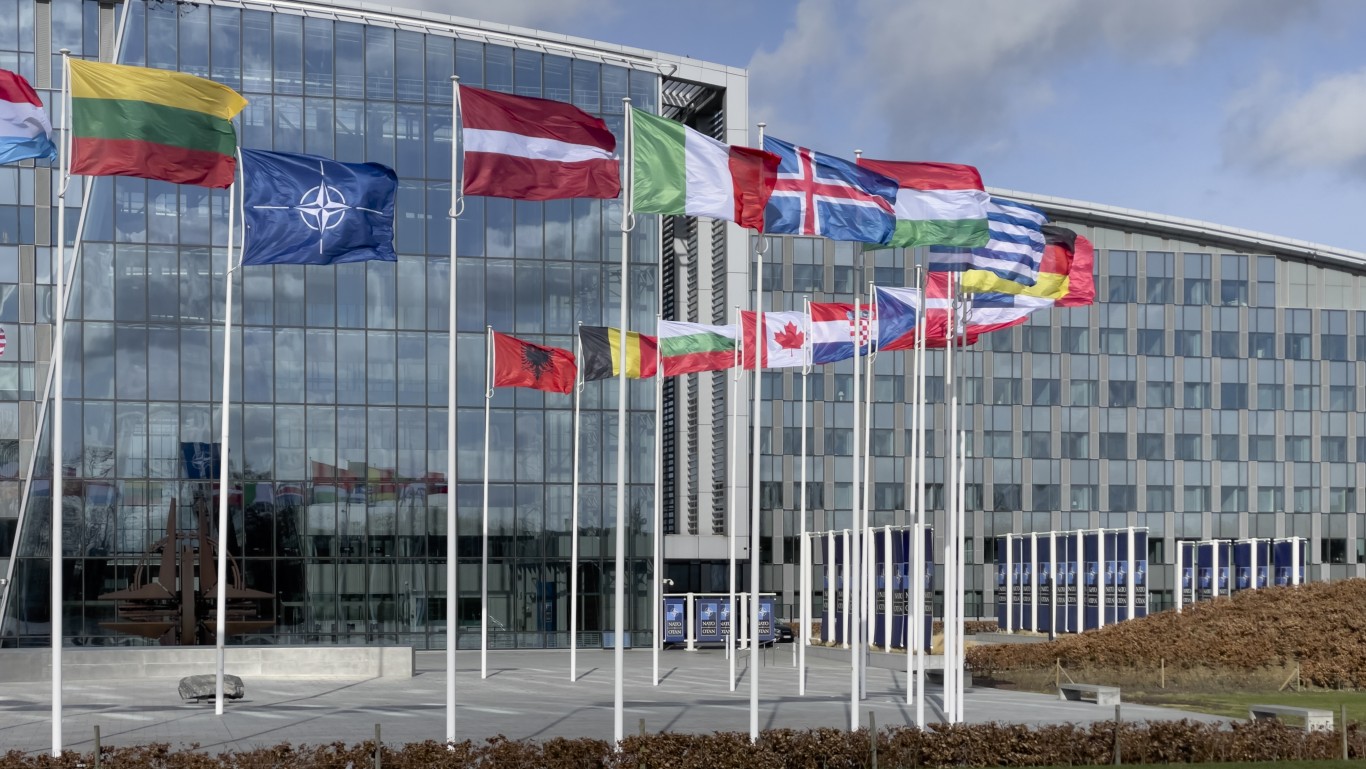
The North Atlantic Treaty Organization (NATO) recently celebrated its 75th year. The alliance now boasts 32 members but not all members contribute equally. To address this discrepancy, NATO members agreed in 2014 to spend 2% of their GDP on defense within the next decade. 10 years later, there has been significant progress but a handful of members are still behind schedule. This article will detail the NATO members that haven’t reached the 2% target and what, if anything, they are doing about it.
Why This Matters
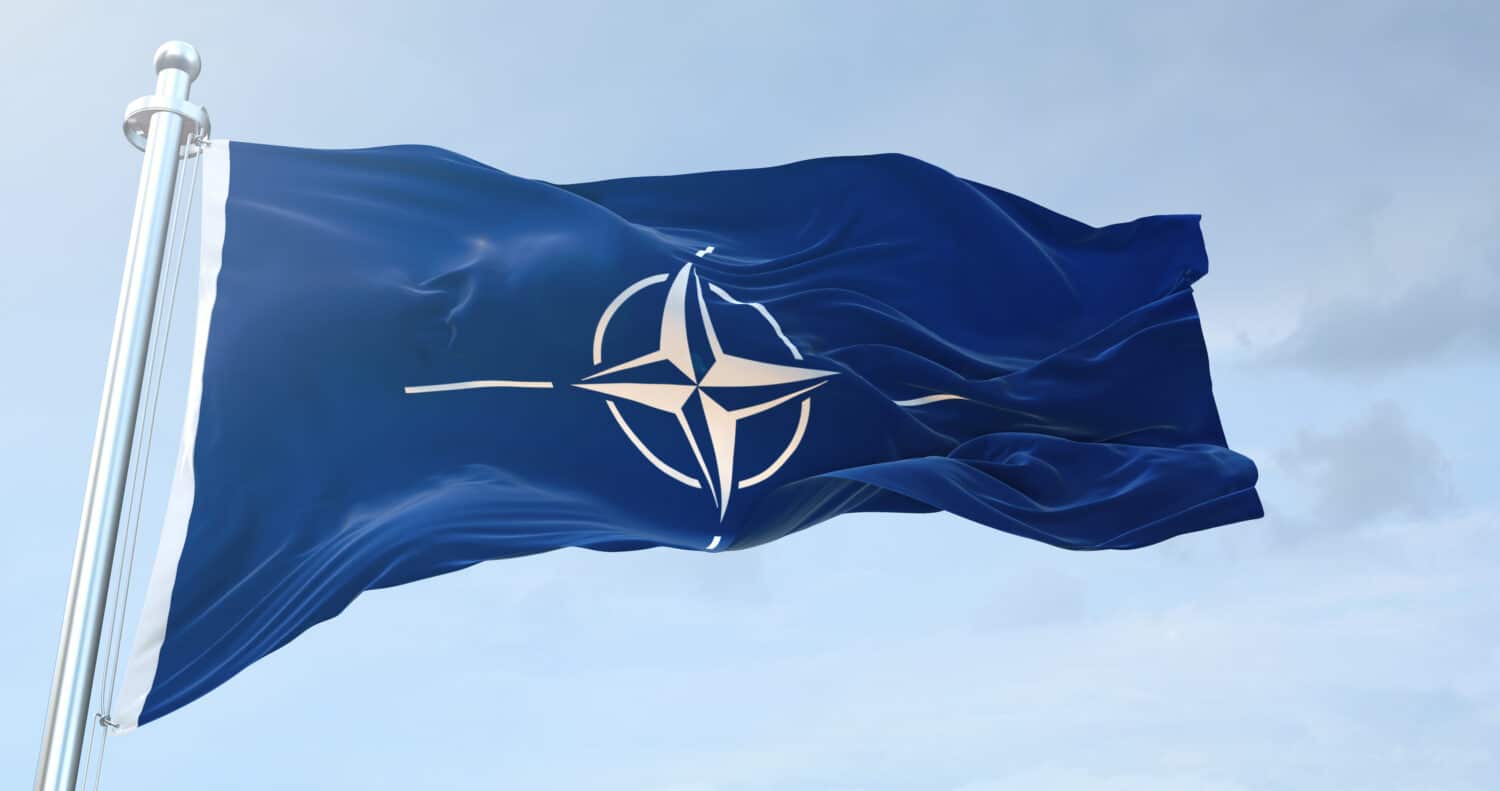
The furor over NATO members skirting their spending obligations is nothing new. American Presidents from Eisenhower to Obama have urged members to do more. In the upcoming US presidential election, the future direction of NATO is at stake. The Republican ticket is more skeptical of American participation in NATO while the Democratic nominees want to strengthen ties with the alliance.
The 2% Guideline
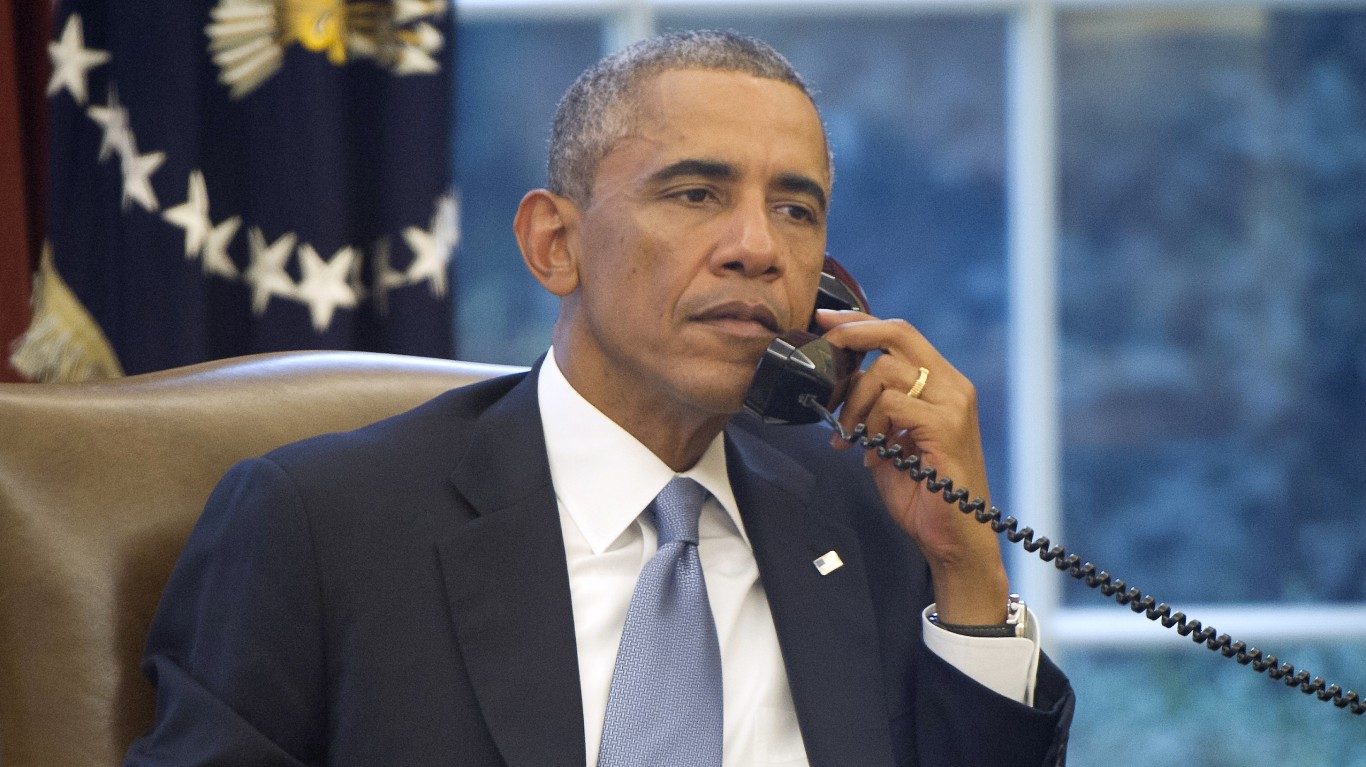
The 2% target was outlined at the 2014 NATO summit held in Wales, shortly after Russia annexed Crimea. The summit’s declaration condemned Russia’s conduct in Ukraine:
Russia’s illegitimate occupation of Crimea and military intervention in eastern Ukraine have raised legitimate concerns among several of NATO’s other partners in Eastern Europe.
The spending target was partly due to Russia’s action in Crimea and Eastern Ukraine and security concerns in the Middle East and North Africa. The allies who already spent 2% or more of GDP pledged to continue to do so. At the time only Greece, the UK, and the United States were at that spending level. The rest agreed to reach that level within a decade. Another key point was spending 20% of the defense budget on new equipment.
Progress was slow until Russia invaded Ukraine in 2022. The incursion created a sense of urgency over security in Eastern Europe. As a result, a clear majority (23 members) will reach the 2% target in 2024.
Croatia
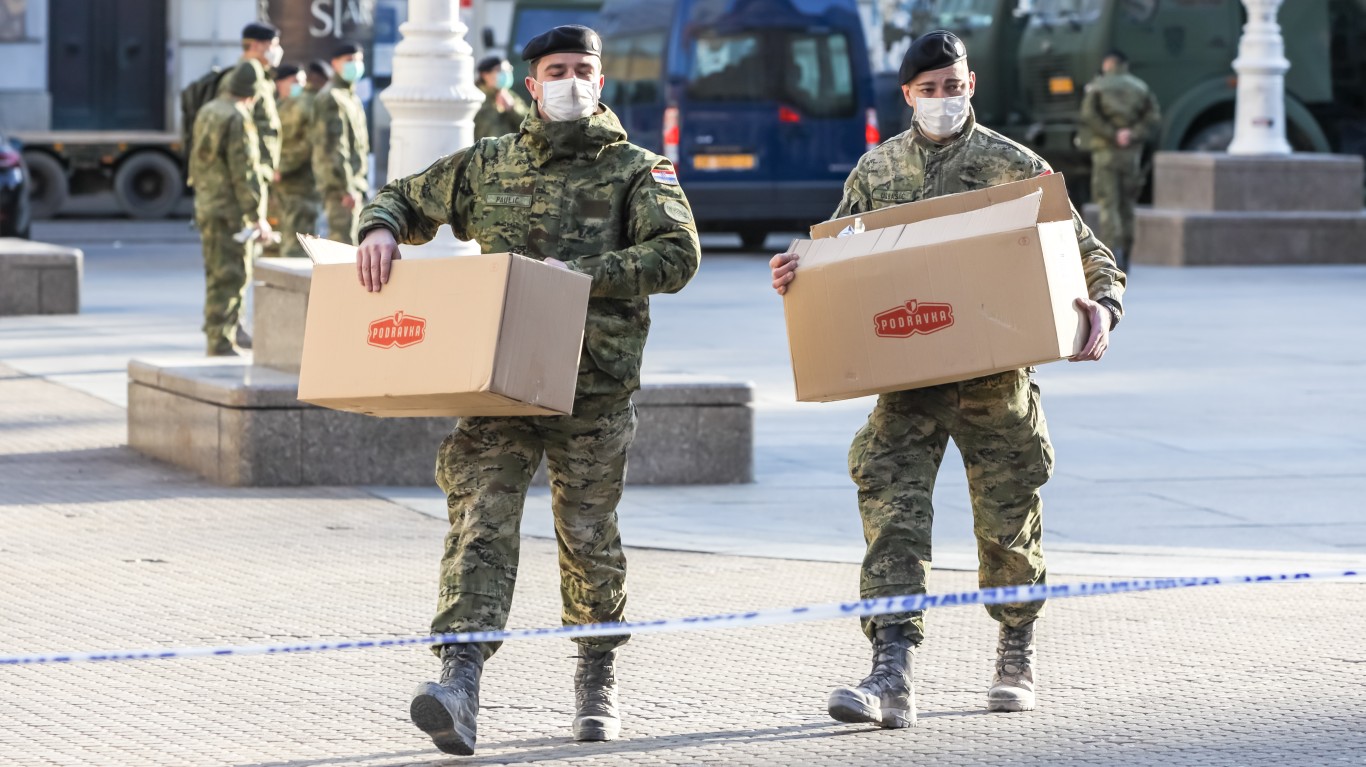
2021 Defense Spending: 1.95%
2024 Defense Spending: 1.81%
Croatia joined NATO along with Albania in 2009. With a population of just four million, Croatia is one of the less populous members of NATO. Croatia maintains a small military of around 15,000 personnel. Croatia’s defense spending as a percentage of GDP declined slightly from 2021 to 2024. However, the total budget increased and more than doubled in the last seven years.
Portugal

2021 Defense Spending: 1.52%
2024 Defense Spending: 1.55%
Portugal was one of the 12 founding members of NATO in 1949. Portugal is still short of the 2% guideline but is undergoing an overhaul of its defense capabilities that should bring it in line with other NATO members. The Portuguese Minister of National Defense, João Gomes Cravinho, explained in an interview the complacency that crept in after the Cold War ended:
“I also believe that most in Europe would recognize that after the end of the Cold War, we became somewhat complacent and that investment in this and other areas was severely restricted after the 2011 financial crisis. But we have been reversing those trends. Since 2014 and the so-called Wales commitment, Portugal has increased its investment in defense capabilities by 29%.”
Italy
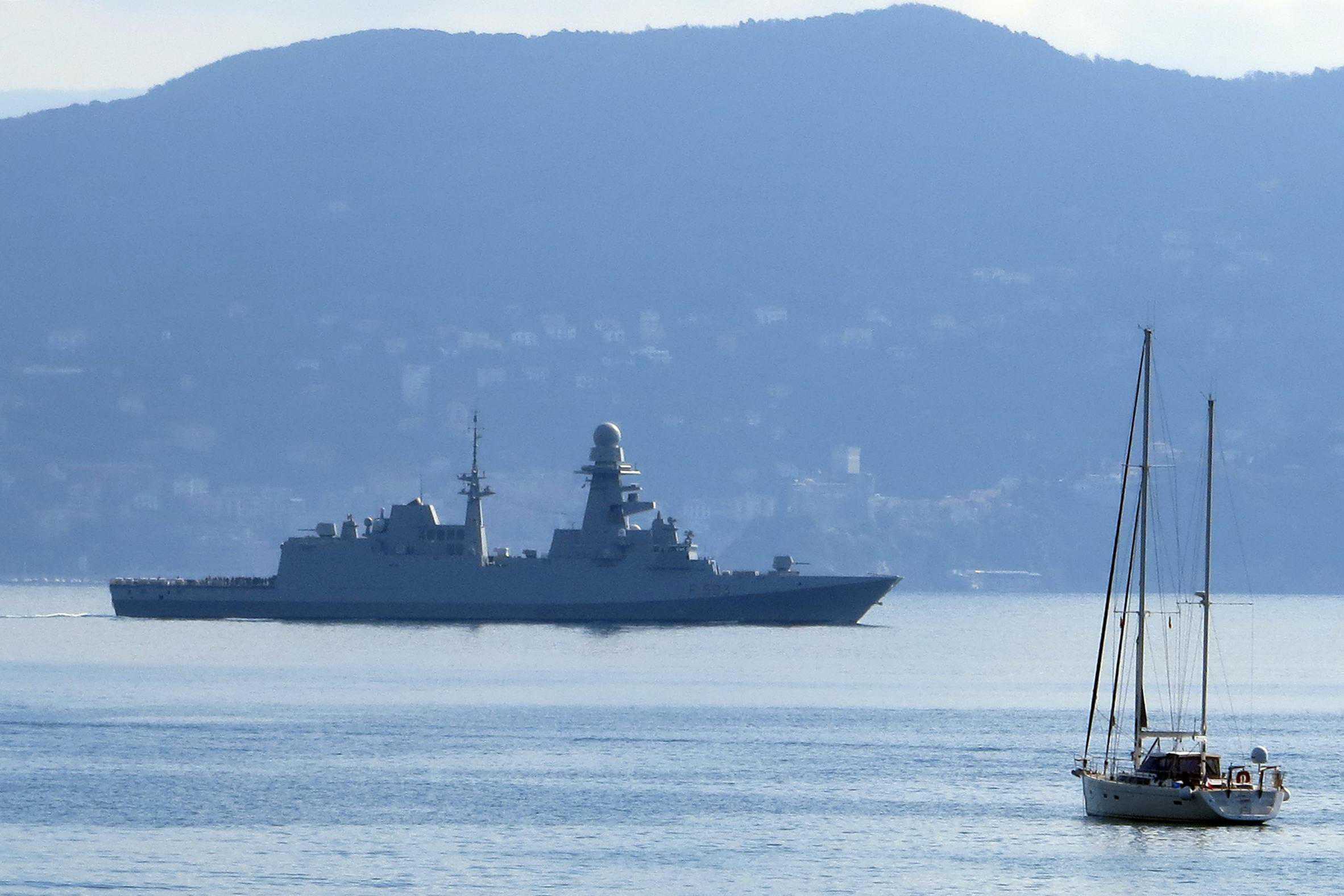
2021 Defense Spending: 1.54%
2024 Defense Spending: 1.49%
Italy’s defense spending is moving in the wrong direction for meeting the 2% goal. While most NATO members pledged to reach 2% by 2024 (and most have), Italy postponed that target to 2028. Even that revised goal may be out of reach.
Italy spends more on personnel and less on weaponry than most other NATO members. Italy’s options for expanding military spending are limited. It has the fourth largest debt-to-GDP ratio in the world and is second only to Greece in Europe. Rome is unlikely to realize the 2% spending target in the short to medium term.
Canada
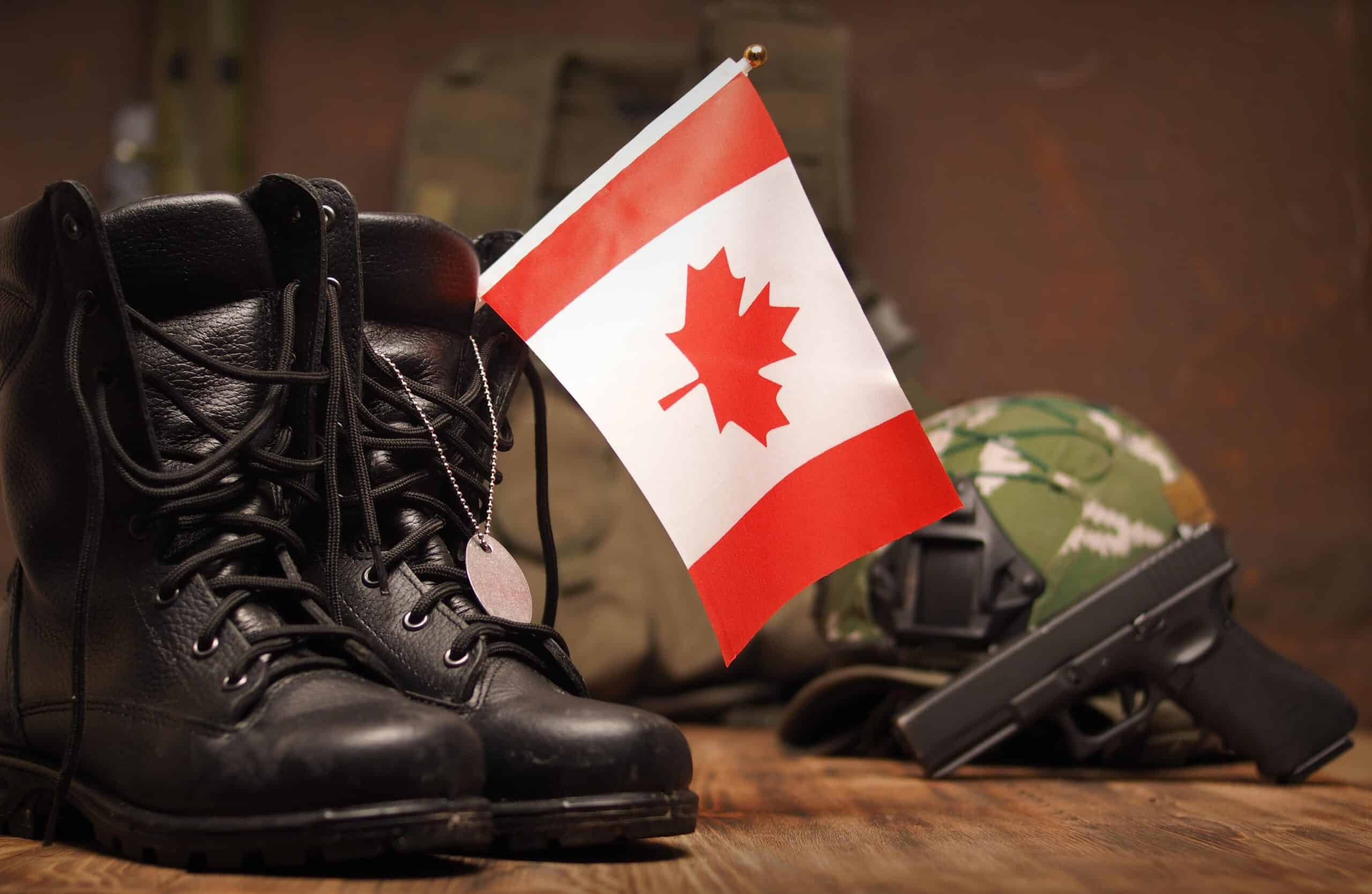
2021 Defense Spending: 1.27%
2024 Defense Spending: 1.37%
Though slowly increasing, Canada’s defense spending lags far behind that of other NATO members. Even with increased spending in the latest budget, Canada will only reach 1.76% by 2030, still well short of the 2% target.
A combination of favorable geography – Canada has no serious external threats – and a lack of political will means Canada may never reach the 2% target.
Belgium
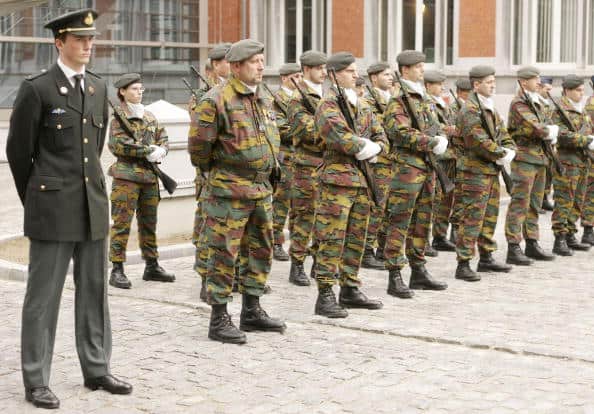
2021 Defense Spending: 1.04%
2024 Defense Spending: 1.3%
NATO’s headquarters are in the Belgian capital of Brussels and Belgium was a founding member of NATO in 1949. However, Belgium is one of the lowest-spending members of the alliance. Without drastic policy changes, Brussels won’t hit 2% until 2035. The Belgian public doesn’t seem to have much appetite for the cuts in social spending that would make a large increase in the defense budget feasible.
Luxembourg
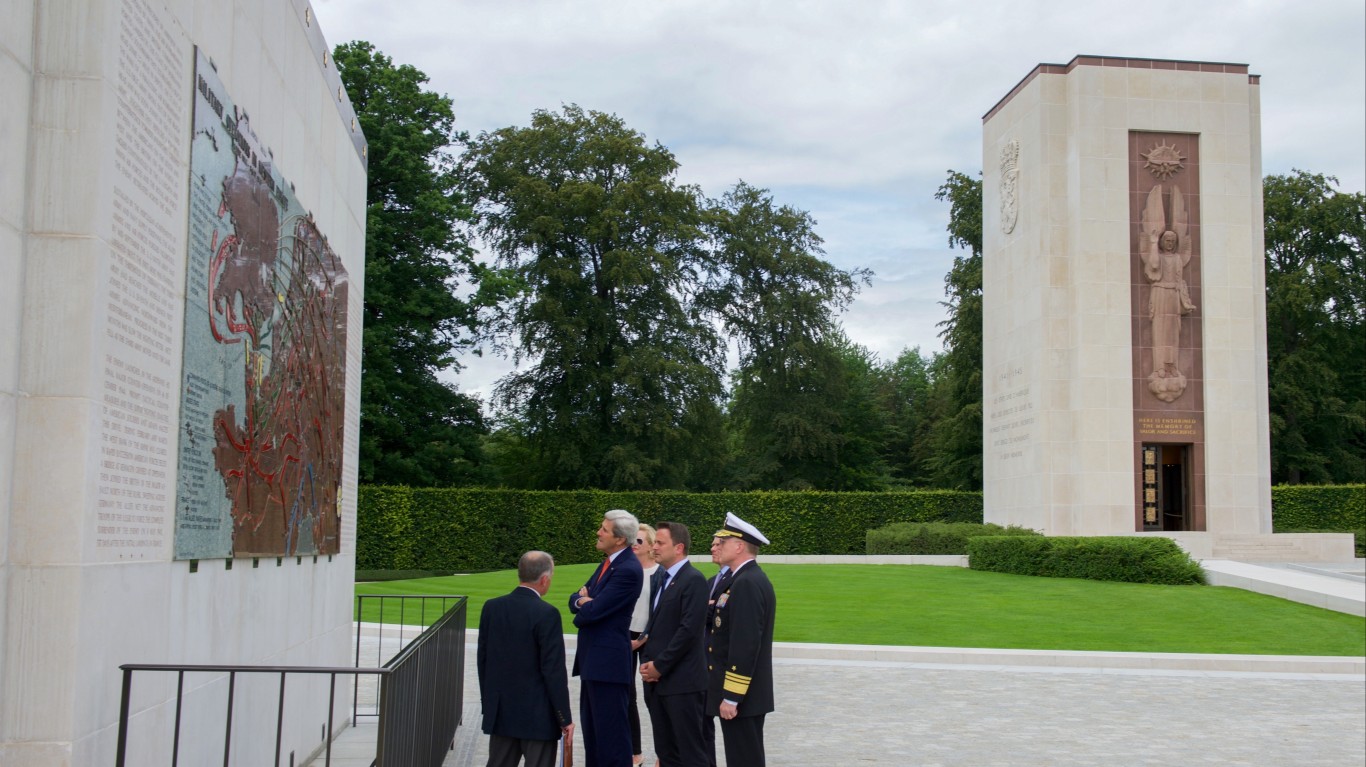
2021 Defense Spending: 0.47%
2024 Defense Spending: 1.29%
Tiny but wealthy, Luxembourg is the richest nation in the world on a per capita basis. Luxembourg’s defense spending tripled between 2021-24 though it is still among the lowest spenders in the alliance. It also has the smallest standing army in NATO, with fewer than 1000 personnel. Projected to reach 2% by 2028, Luxembourg’s main contribution to NATO and the ongoing war in Ukraine is financial. Its wealth and small size give it flexibility other allies simply don’t have.
Slovenia
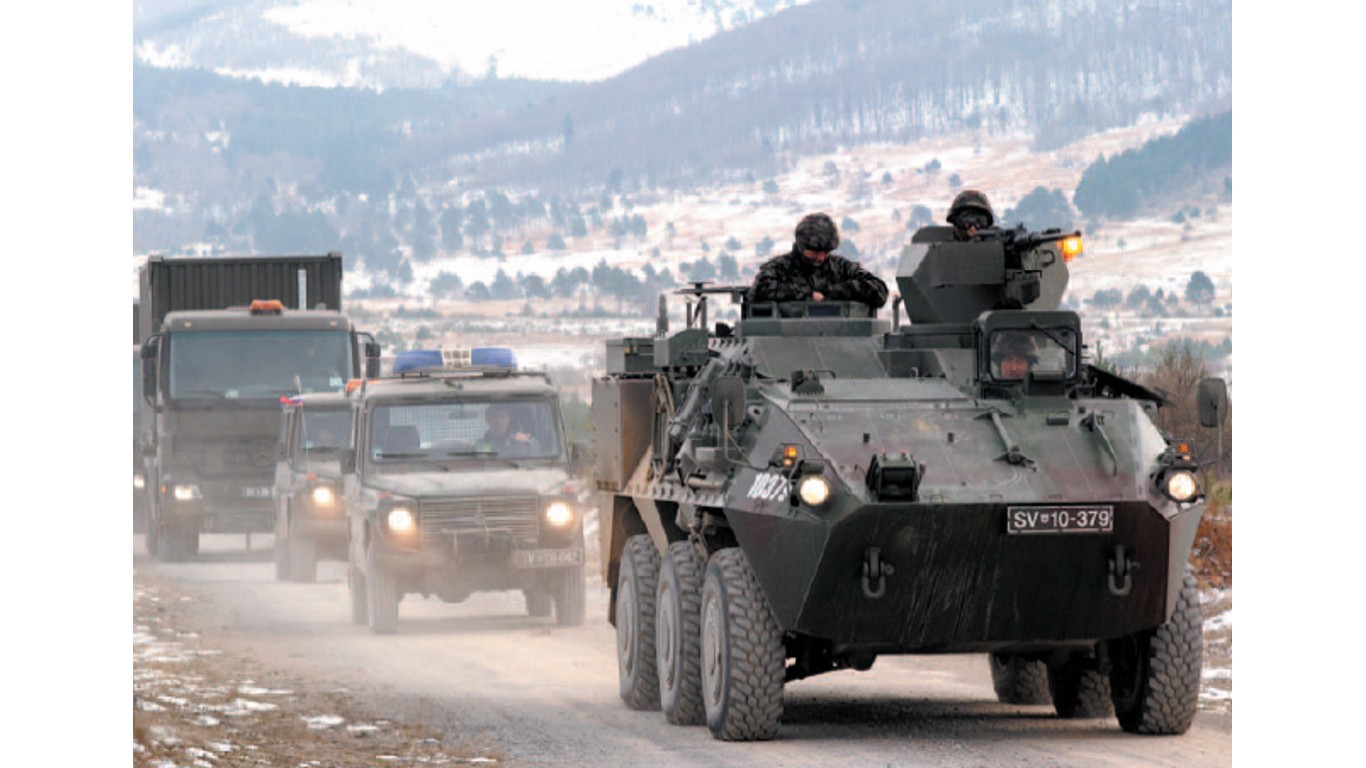
2021 Defense Spending: 1.23%
2024 Defense Spending: 1.29%
Slovenia was a part of a major NATO expansion in 2004, when it was one of seven new members admitted into the alliance. While all the other 2004 admittees have since reached the 2% goal, Slovenia is well behind its peers. Slovenia has made some progress in improving the combat readiness of its armed forces, with a 5% increase in equipment procurement. However, Slovenia is still far short of 2% and has no serious plans to reach that level.
Spain
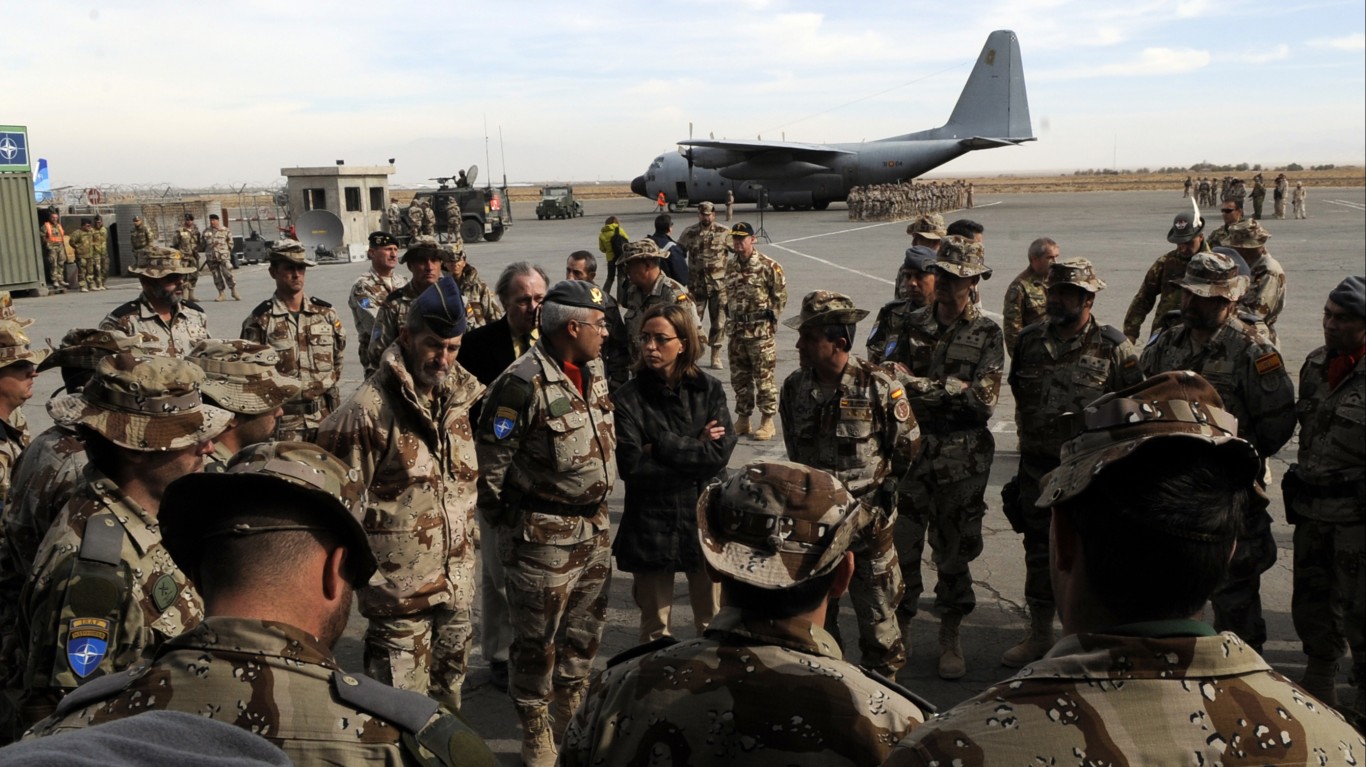
2021 Defense Spending: 1.03%
2024 Defense Spending: 1.28%
After World War Two Spain was the fascist regime standing in Europe and it wasn’t until after Fransico Franco died in 1975 that Spain transitioned toward democracy. Spain joined NATO in 1982, the first new member since 1955. The move wasn’t without opposition and Mardid almost left the alliance in 1986. With a shaky early history in NATO, it’s perhaps surprising Madrid is so low in the overall ranking of defense spending. However, Spain’s military is modernizing and the government hopes to reach the 2% goal by around 2029.
Iceland

2021 Defense Spending: 0%
2024 Defense Spending: 0%
Iceland has no military and no desire to create one. Iceland’s parliament, the Althing, is the oldest in the world, founded in the 10th century. Pacificism is a point of pride for Icelanders, making membership in a military alliance seem rather odd. Iceland does have one important thing to offer NATO: its location.
Situated in the North Atlantic, Iceland is ideally placed for guarding the waterways between Britain and Greenland and projecting strength in the Arctic.
Conclusion
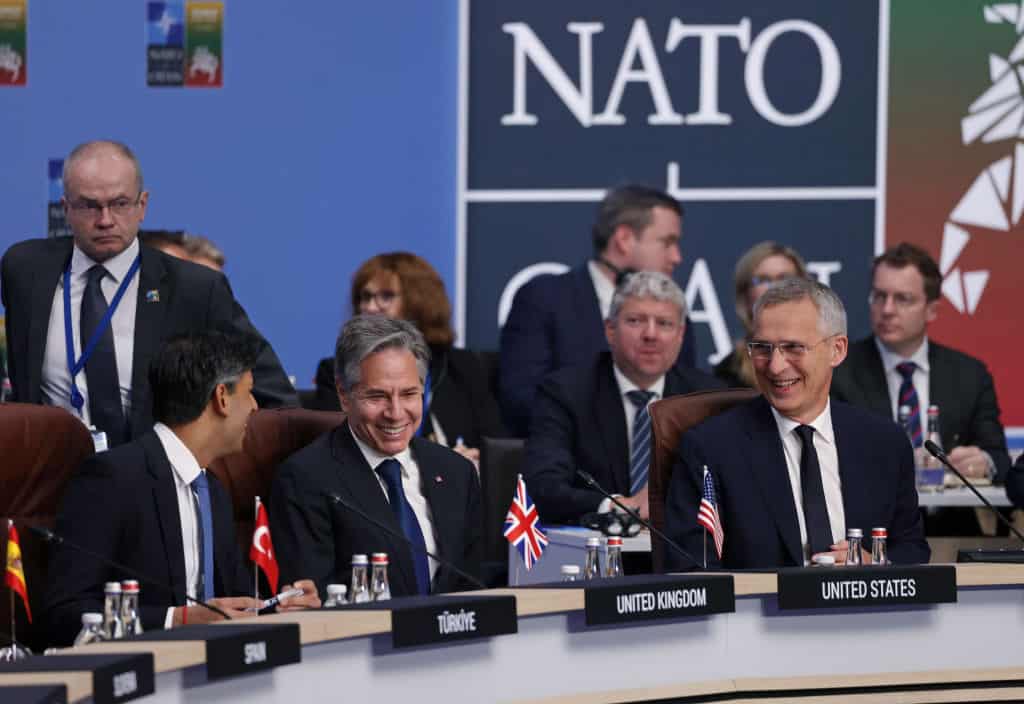
NATO Secretary General Jens Stoltenberg characterized the 2% target as “a floor, not a ceiling” and most members met that minimum this year. Of the delinquent members, there are mitigating circumstances from financial troubles to political squabbles. Most will reach 2% in the next decade but a few will not.
The smaller states might not have much to give even at the target rate but it is symbolically important that each nation does its share. Canada, Italy, and Spain’s failures are less forgivable and lend ammo to NATO skeptics. NATO’s long-term viability requires members to share the burden more equitably, especially the larger states.
Get Ready To Retire (Sponsored)
Start by taking a quick retirement quiz from SmartAsset that will match you with up to 3 financial advisors that serve your area and beyond in 5 minutes, or less.
Each advisor has been vetted by SmartAsset and is held to a fiduciary standard to act in your best interests.
Here’s how it works:
1. Answer SmartAsset advisor match quiz
2. Review your pre-screened matches at your leisure. Check out the advisors’ profiles.
3. Speak with advisors at no cost to you. Have an introductory call on the phone or introduction in person and choose whom to work with in the future
Thank you for reading! Have some feedback for us?
Contact the 24/7 Wall St. editorial team.




